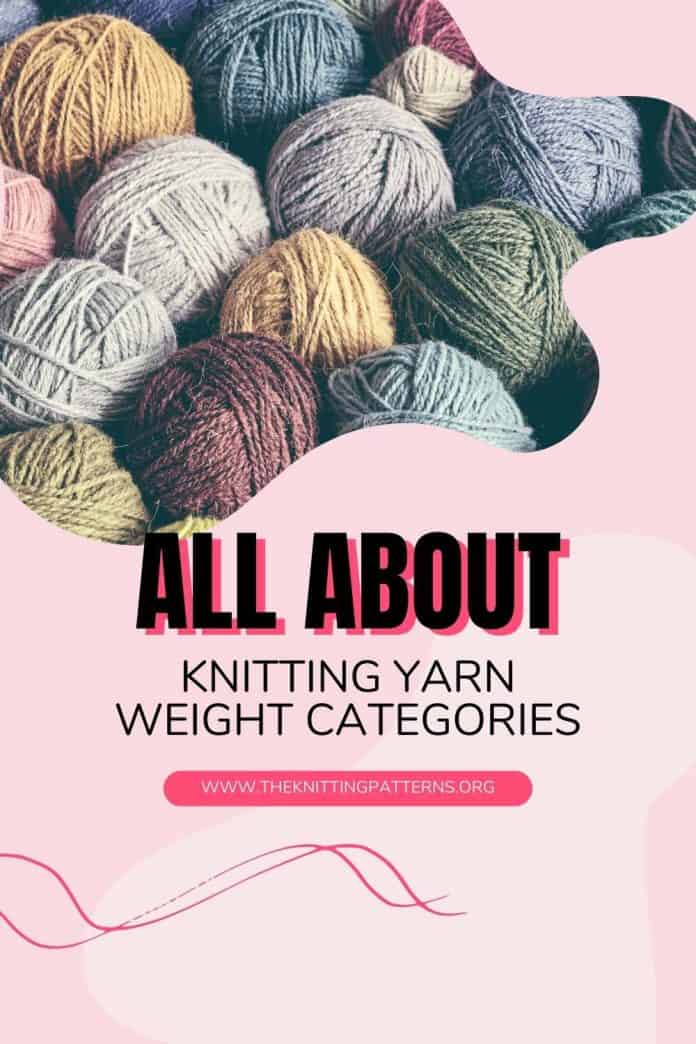Understanding All About Yarn Weights Categories: A Comprehensive Guide for Knitters
Whether you’re a beginner knitter or a seasoned craftsperson, understanding all about yarn weights categories is crucial for selecting the right materials for your knitting projects. This guide will delve into the various yarn weight categories, helping you choose the perfect yarn for any knitting endeavor.
What Are Yarn Weights?
Yarn weights refer to the thickness of the yarn strand and are categorized from the finest to the bulkiest. Each weight is suited for different types of projects, from delicate shawls to cozy blankets.
The Yarn Weight Categories
Here’s a breakdown of the standard yarn weight system, which ranges from 0 to 7:
- Lace (0): This is the thinnest yarn, ideal for lightweight projects like lace patterns.
- Super Fine (1): Often used for baby clothes and light scarves.
- Fine (2): Great for comfortable, lightweight garments.
- Light (3): Includes DK and light worsted yarns suitable for a wide range of projects.
- Medium (4): Known as worsted weight yarn, this is perhaps the most versatile and commonly used.
- Bulky (5): Perfect for quicker projects like hats and scarves.
- Super Bulky (6): Used for making thick blankets or winter gear.
- Jumbo (7): Ideal for arm knitting or creating exceptionally thick textiles.
Choosing the Right Yarn Weight
Selecting the correct yarn weight is pivotal for your knitting project’s success. Here are some tips:
- Check the Pattern: Most knitting patterns specify the yarn weight to ensure the final product maintains its intended size and texture.
- Consider the Project Type: Lighter weights are typically used for delicate items, while bulkier weights are better for warm, sturdy garments.
- Experiment: Don’t be afraid to experiment with different yarn weights to achieve unique textures and effects.
Tools and Tips for Working with Different Yarn Weights
- Needle Size: Each yarn weight pairs with recommended needle sizes to optimize stitching and pattern outcomes.
- Gauge Swatches: Before starting your project, knit a small gauge swatch to check that your stitching matches the pattern’s specifications.
Why Yarn Weight Matters
Understanding yarn weights enhances your knitting experience by ensuring you use the best materials for your projects. It also helps in achieving the desired finish, feel, and durability of your knitted items.
Conclusion
Yarn weights are fundamental to knitting, affecting everything from the feel of the fabric to the intricacies of the patterns you can create. By familiarizing yourself with different yarn weights, you empower yourself to make more informed choices and expand your knitting capabilities.Remember, the right yarn can make all the difference in your knitting projects, so consider this guide your go-to resource for all things related to yarn weights. This rewritten blog post is structured to improve SEO by strategically using the keyword “yarn weights” and related terms throughout the content. It provides clear, valuable information tailored for beginners and includes internal headings for better readability and engagement.

